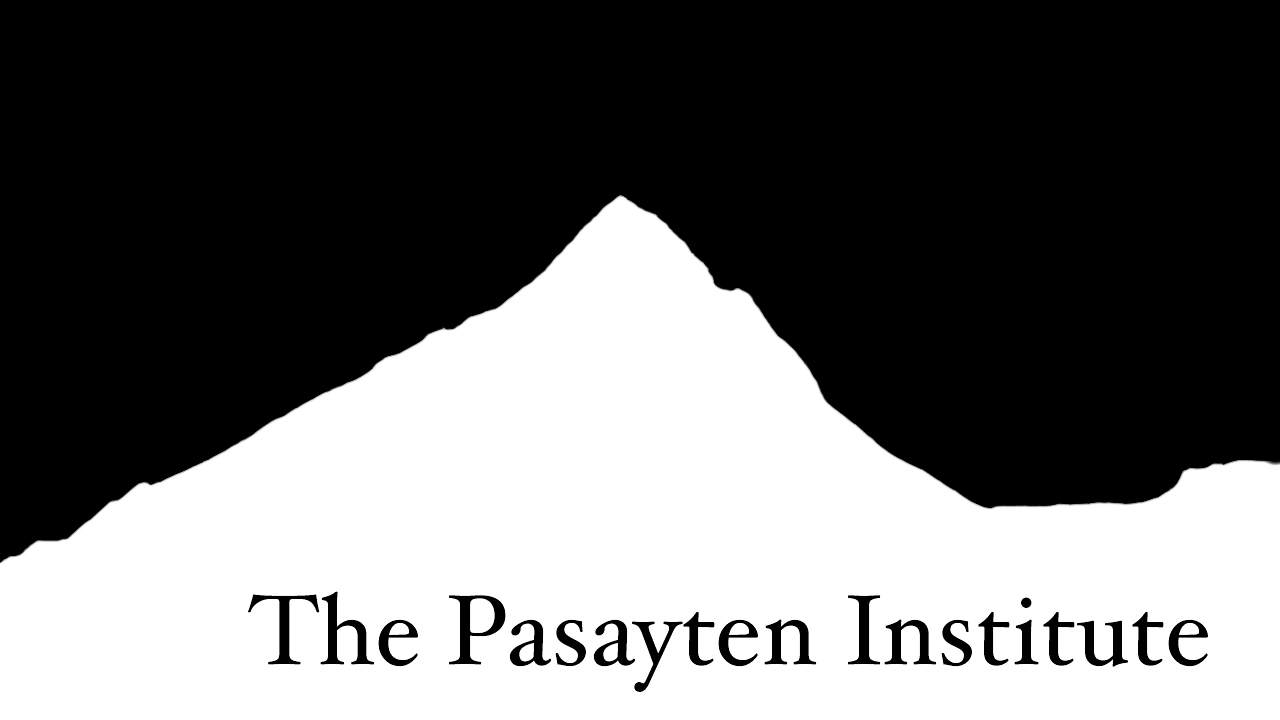Video Lectures and Other Resources
A Field Guide Particle Physics : the Beta Test
This is a beta version of our first course offering at the Pasayten Institute! Check out our full playlist here. Also check out our bonus videos.
The Helium Shortage
Lecture Videos: Episode One & Episode Two
We review Helium, it’s chemistry and why it just floats away. We also discuss the relationship of helium to alpha radiation, nuclear binding energy and the lack of Helium-3. We also talk about where we go to mine for Helium, its supply chain, and how it’s natural production is related to the Earth’s magnetic field and the Aurora Borealis.
Cosmogenic Muons
Ultra high energy cosmic rays from deep space slam into the upper atmosphere. Those collisions create muons, which rain down on Earth constantly. We review the muons and show how their very existence at the Earth’s surface is proof of Special Relativity.
Solar Neutrinos
Neutrinos come from nuclear reactions: they come from power plants, from within the Earth and from the Sun. With no electric charge, neutrinos rarely interact. Our ability to measure them at scale is a triumph of particle physics! We review a history of their measurements, where they come from, and how they offered the first concrete proof of physics beyond the standard model.
Morning Mathematics
This is our informal series of discussions on whatever mathematics comes to mind over coffee. Check out the full playlist here.
A few subgroups of SL2C
We explore the groups SU2, SL2R, Sp2R and SU1,1 as subgroups of the Complex Special Linear Group in two dimensions. Each of these can be realizes as a rotation of the quaternions which holds a given hyperplane fixed.
Two Notable SU2 Represenations
Unitary Representations are the most practical for physical purposes, but sometimes it’s worth exploring other structures. Today - following Hideki Yukawa’s famous 1956 paper - we’re using technology from quantum mechanics to study two, infinite, irreducible representations of SU2 that are NOT unitary. They are, of course, intimately related to a pair of unitary representations of SL2R.
A First Look at SL2Z
SL2Z is the subgroup of SL2C with real, integer coefficients. Despite losing access to the rationals, SL2Z retains its group structure, replete with inverse elements. The actions on the group are curious - if not fascinating - and provide insight in to and connection between fields as disparte as String Theory and Number Theory.
Today we'll describe the basics of the group, the group action on the Riemann Sphere and introduce modular forms.
Vertex Operator Algebras
This is our informal course on the mathematics behind string theory. We follow the famous text by Frenkel, Lewposky and Meurmin. Check out our full playlist here.
Algebraic Quantum Mechanics
This video is in lieu of a short series of videos on how Quantum Mechanics works, properly. It took me a while - and about 8 false starts - but I realized that would take us way too far afield. So, a lot of the physics is glossed over in this video, but I try to connect the dots just enough so that either a) those of you with some physics background can begin to appreciate how deep the relationship between quantum mechanics and vertex operator algebra runs or b) you can jump into quantum mechanics - particularly quantum field theory - rather quickly when the time comes, or at least take what we've discussed with you.
An Algebraic Cousin of the Stone-von Neumann Theorem
Today we're presenting a proof about representations of heisenberg algebras. The main idea is that any "well-behaved" heisenberg module is isomorphic to the direct sum of the modules M(k) we discussed in episode 015. Well behaved here is defined within, but essentially means: "has a proper vacuum" or "has a Fock-Space" representation. Indeed, the "vacuum" here is the source of that direct sum decomposition.
Normal Ordering and a Sketch of Wick’s Theorem
We dress up an otherwise tedious, technical discussion on notational conventions and computational strategies with an application to observable qualities in quantum field theory!
Knot Theory for Everybody!
Here are some fun, short videos that demonstrate how to tie various prime knots! Check out the full series here.
The 7_5 Knot
We are going to tie the fifth of 7 knots with 7 crossings! It looks quite a bit like the 6_2 knot, but with a bonus internal twist. As we've seen already, getting that extra twist isn't that simpe. In Alexander-Briggs notation, it would be the 7_5 knot.
The Stevedore Knot
Here’s a knot that traditionally has been used to tie of the end of a line. It also expands nicely into a five pointed star!
Figure-Eight Knot
This is a knot made famous from climbing. To that end, you climbers, please, check your knot!












